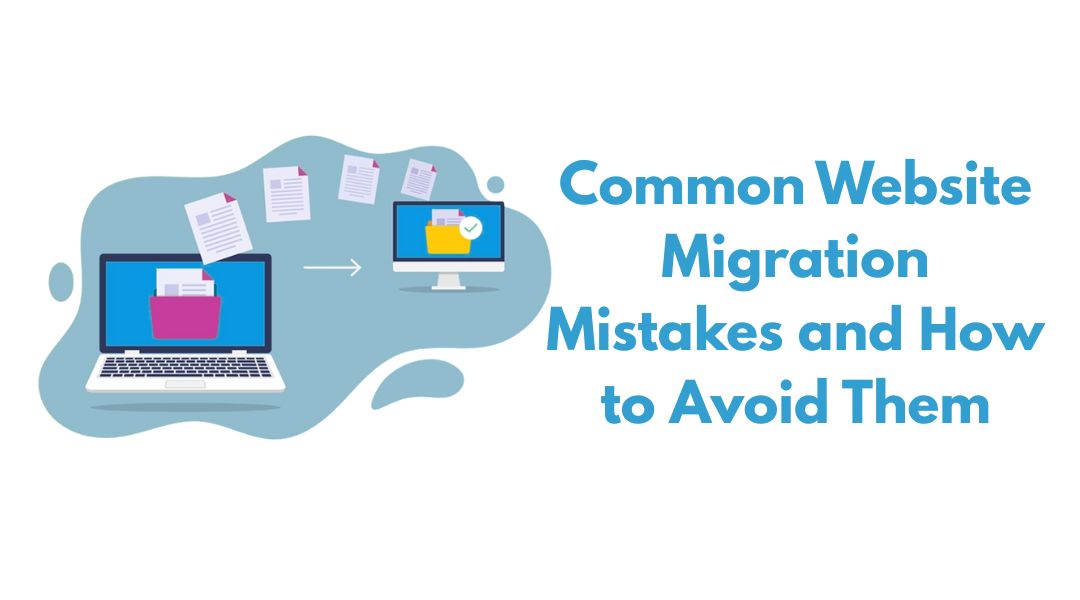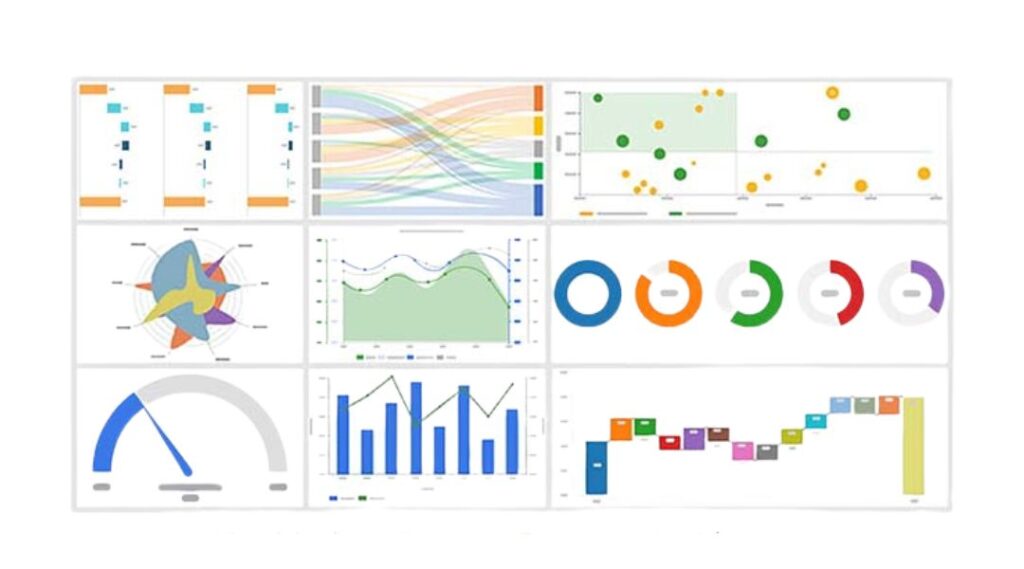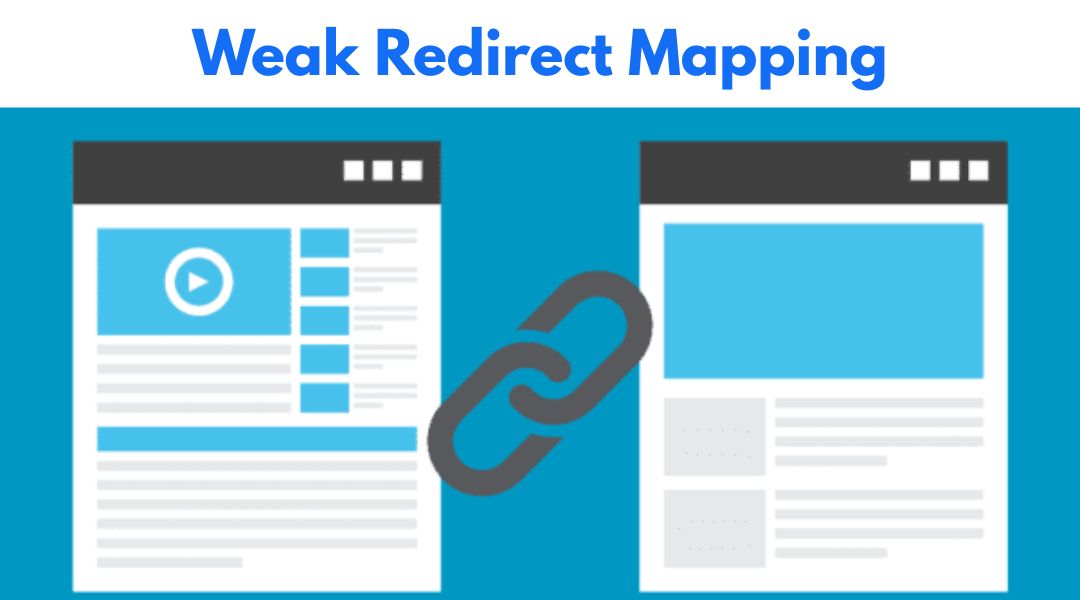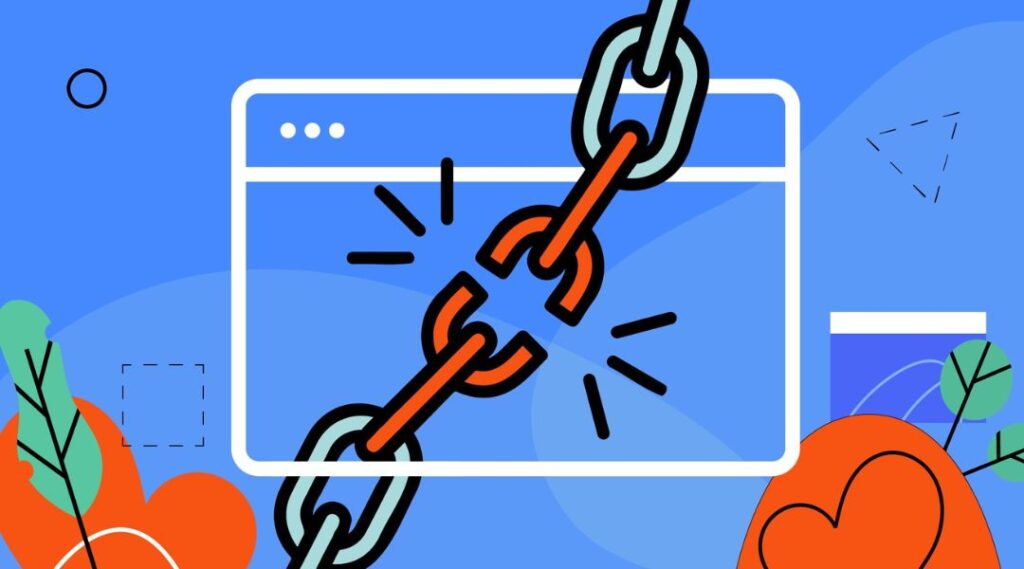
Website migrations are like home renovations: they sound straightforward—until the plumbing fails and you realize the walls aren’t where you thought they were. I’ve handled enough site moves to know where problems typically hide, and more importantly, how to avoid them. If you’re planning a site migration—whether it’s a redesign, domain change, platform switch, or CMS overhaul—this post will walk you through the mistakes I’ve seen (and fixed) and what I do now to keep things under control.
If you want to keep your traffic, preserve your rankings, and avoid waking up to “site down” messages, keep reading.
What You’ll Learn
- The most common errors during a website migration
- How I protect SEO and analytics setups every time
- What to check before and after launch
- Tips I’ve developed over years of real migrations
Mistake 1 – Ignoring Your Existing Data
Let me guess—you’re planning to delete that blog category because it “looks messy,” right? I’ve been there. But one of the first things I do before any migration is look at how the current site is actually performing. That “messy” category might be the reason your site still shows up in search results.
Using tools like Google Search Console and Ahrefs, I audit top-performing pages, backlink sources, and organic keywords. I want to know what content brings value and what can be archived without regret. If a page is ranking well, I flag it. If something’s pulling in quality links, it goes in my “protect at all costs” column.
Skipping this step is like throwing out your map before a road trip.
Mistake 2 – Inconsistent Tracking or Analytics

There’s a special kind of panic that sets in when your traffic goes to zero… only to find out Google Analytics just wasn’t firing.
During a migration, it’s tempting to “clean up” your setup—new tags, fresh accounts, etc. I don’t do that. I stick with the same GA4 property and Google Tag Manager container. That way, I can compare before-and-after performance without wondering whether the data itself changed.
I also verify my tag manager events, cookie banner behaviors, and any third-party tracking integrations before and after launch. Then I breathe a little easier.
Mistake 3 – Weak Redirect Mapping

Redirects are not glamorous. But they’re non-negotiable.
Anytime I change a site’s structure, domain, or CMS, I build a redirect map. I use crawling tools to export every existing URL. Then I match each one to its new destination. And yes, I do this manually when needed—automation’s great, but only if it doesn’t break everything.
One thing I never do: redirect everything to the homepage. That’s the digital equivalent of tossing your mail into a box marked “Somewhere Else.”
Pro tip: If you’re moving from one platform (say, Drupal) to another (like WordPress), check how URLs are structured. You’ll need to account for slugs, query strings, and folder paths that don’t translate cleanly.
Mistake 4 – Skipping Search Engine Notifications
Changing domains? Moving to HTTPS? Then you need to talk to Google. And not just by hoping it notices.
I always use the Change of Address tool in Google Search Console. It takes five minutes and signals the move to search engines directly.
I also create a new sitemap that reflects the updated structure and submit it through Search Console. It’s a small task with a big impact. If I want Google to understand the new layout and index it quickly, I can’t afford to leave it guessing.
And don’t forget: update canonical tags, hreflang attributes (if you use them), and robots.txt paths while you’re at it.
Mistake 5 – Post-Migration Complacency
This one’s easy to fall into. You’ve launched. You see the homepage. Everything “looks good.” So you stop checking. That’s when the trouble starts.
What I’ve learned is this: a successful migration isn’t confirmed at launch—it’s confirmed two weeks later. I monitor crawl stats, rankings, and error logs daily. If traffic drops, I want to know why—and quickly.
I also check:
Broken links

Missing images
Forms and checkout flows
Mobile responsiveness
Page speed and Core Web Vitals
A few days after launch, I do another crawl with Screaming Frog. Then I compare it to the pre-launch version. If I’ve done it right, the pages match up—and Google’s still happy.
Bonus Tips From My Own Playbook
I’ve picked up a few habits that may not be “standard” but have saved me (and my clients) time, stress, and money.
- Don’t launch on a Friday. If something goes wrong, you’ll either be fixing it at midnight or ignoring it until Monday. Neither is great.
- Have a rollback-ready backup. One that works. One that includes your database. One that’s not three months old.
- Test your forms. Yes, again. Use a real email address and submit every contact, subscribe, and payment form. Twice.
- Use staging properly. Launching straight from development is asking for trouble. A staging environment catches last-minute surprises.
Also—if you’re planning a migration alongside a platform switch, check out my breakdown of front-end, back-end, and full-stack roles. It helps clarify who should handle what.
Related Reading
If you found this helpful, some of my other resources expand on these ideas:
- Full-stack development tools and frameworks – Great if your migration includes modernizing your stack
- How I approach scalable web apps – A look at backend architecture that scales cleanly
- Mistakes to avoid as a full-stack developer – A few too many of these were pulled from experience
Conclusion
A website migration can go off the rails fast. But it doesn’t have to.
The difference between a smooth move and a stressful one usually comes down to preparation. If you audit your existing content, keep your tracking consistent, plan redirects carefully, and follow up after launch, you’re already ahead of the curve.
I’ve used these steps on sites big and small—from local business pages to full-scale web apps. The process holds up every time.
And if you’re still setting up the foundation for your digital stack, don’t miss my practical guide to how full-stack systems work in the real world. It ties everything together.
Planning a migration soon? Don’t skip the checklist. Your rankings, your sanity, and maybe even your weekend will thank you.
